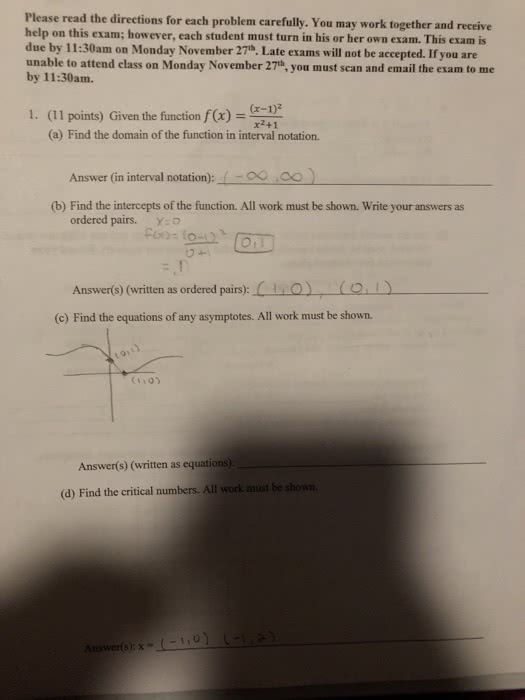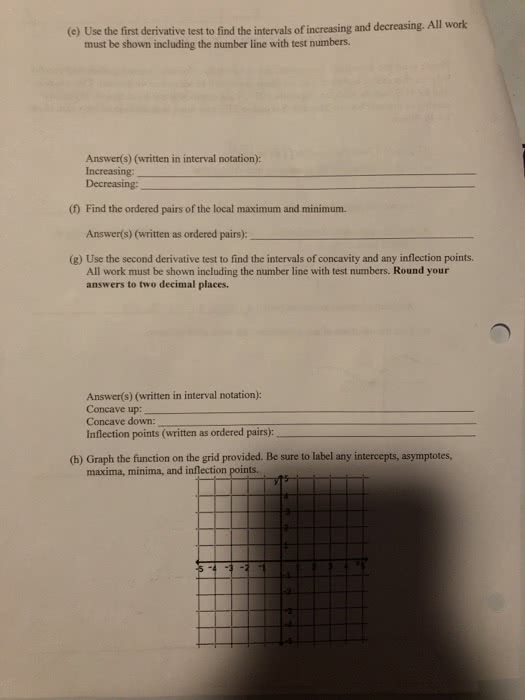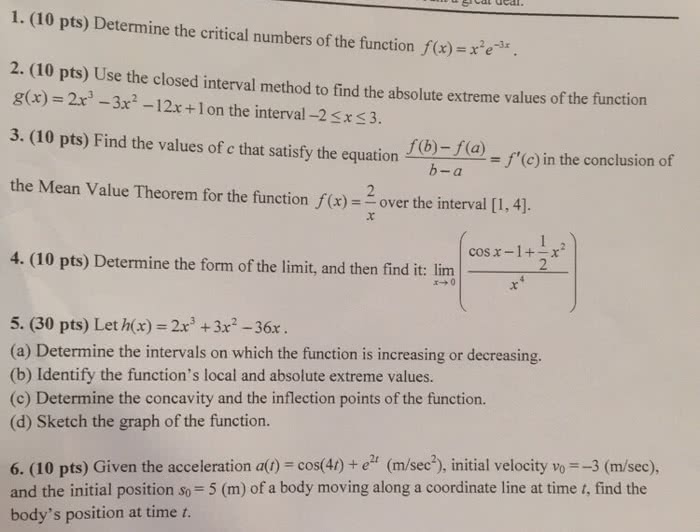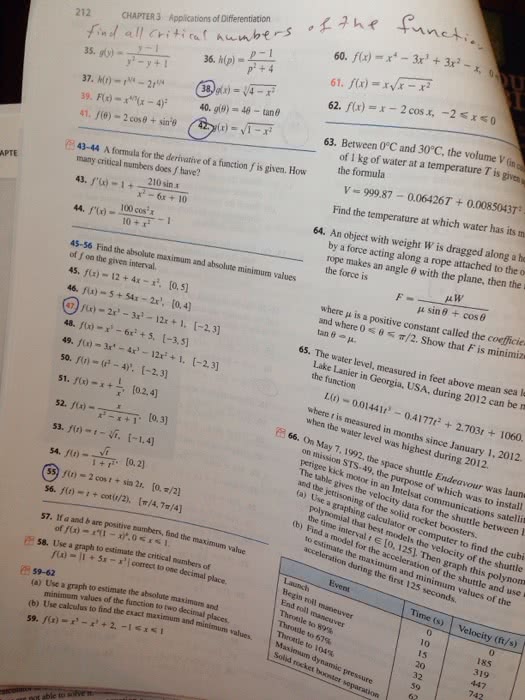MATH 13100 Lecture Notes - Lecture 1: Solution Set, Negative Number, Denotation

Notes from Chapter 0.2
Week 1
Inequalities and Absolute Values
I. Basics of an inequality
A. To solve an inequality is to find the set of all real numbers that make the
inequality true.
1. Usually an entire interval of numbers, or a union of numbers
II. Intervals
A. Open interval: consists of all numbers between and but not including a,b a
and .b
1. Denotation: a,b)(
B. Closed interval: consists of all numbers between and including thea,b
endpoints.
1. Denotation: [ ],ba
C. You can mimic these denotations on a number line as well. Simple include a [ ] or
( ) as the endpoints on the number line, and you will have properly described the
interval of the inequality.
III. Solving Inequalities
A. The three “rules” for solving an inequality
1. We may add
the same number to both sides of the inequality
2. We may multiply
both sides of an inequality by the same positive number
3. We may multiply both sides by the same negative
number, but then we
must reverse the direction of the inequality sign
IV. Split Points
A. Basically, if we have a more complex inequality, sometimes they will have a spot
where the factor is 0. For instance…
**this become…** 6x2−x<
x2−x− 6 < 0
x)(x) ( − 3 + 2 < 0
...has two spots (3 and -2) where the inequality will equal 0.
This means we have to use certain test points in between the “0” spots to determine if
the solution set still works.
How do you do this? First, factor the side of the equation and determine the 0 points.
Then, make a number line and plot each 0 point. Finally, take numbers in between each
0 point and see if it fits the “rule” for the inequality.
Document Summary
,b but not including a: closed interval: consists of all numbers between a and. , ba: you can mimic these denotations on a number line as well. Simple include a [ ] or ( ) as the endpoints on the number line, and you will have properly described the interval of the inequality. Split points: basically, if we have a more complex inequality, sometimes they will have a spot where the factor is 0. + 2 < 0 x ( 3. Has two spots (3 and -2) where the inequality will equal 0. This means we have to use certain test points in between the 0 spots to determine if the solution set still works. First, factor the side of the equation and determine the 0 points. Then, make a number line and plot each 0 point. 0 point and see if it fits the rule for the inequality.





